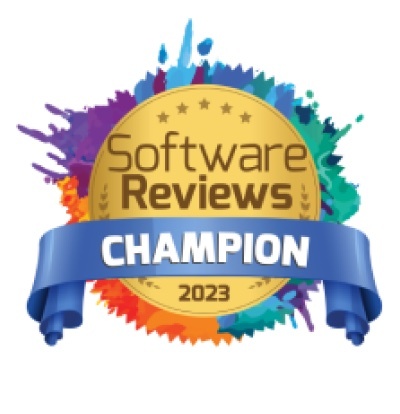As 2019 ends, business intelligence specialists around the world are working to gather as much data as possible from the past year to prepare end-of-year reports. There are a lot of different goals for compiling and analyzing this data, from making staffing decisions, to developing new products and designing better budgets, but making sure your data is trustworthy is of paramount importance.
In our increasingly digital world, BI modernization means that data is everywhere, just waiting to be organized into useful categories that can deliver actionable information. But all the data in the world will do little good for you if it cannot be trusted and turned into useful information. The good news is that there are automated tools out there today that can help organizations keep track of their data so that they can better trust its accuracy.
How Accurate is Your Data?
In order to make informed decisions and adjust business strategies for the year ahead, you must be assured that the data on which you’re basing your decisions is accurate and reliable. But how can you do that when your data is scattered throughout multiple BI systems such as ETL tools, databases and reporting tools?
In basic terms you need to be able to:
- Find your data. This is probably the most critical part for lots of BI teams. If you can’t find your data, then you’re not going to be getting anywhere very fast. And to clarify, you must be able to find your data wherever it resides throughout your environment, whether it’s just in a handful of locations or in hundreds, thousands or hundreds of thousands of them. (If you’re doing manual discovery then we’ll throw in a big “Yikes!” right about now)
- Understand your data. Once you’ve actually found your data, you have to be able to understand your data – what it means, where it came from, where it’s being used throughout the various systems in your environment. Moreover, there must be an effective process for interpreting the information to derive useful insights.
- Ensure company-wide consistency with terms. In order to make informed decisions on what data means for the company, it needs to be understandable by distinct departments. A business glossary is an excellent way to establish common terms across the entire business.
Are You CCPA Compliant Yet?
CCPA went into effect on January 1. Automated Metadata Management is the key to compliance.
See How it Works
How Are You Dealing with [Flawed] Data?
Ah, the big question of what to do when you encounter problematic data. One of the biggest obstacles for business intelligence teams is dealing with flawed data and reporting errors. Attempting to chase down bad data and figure out the root cause of those errors requires a real commitment of time and resources – unless you have invested in automated metadata management tools that can eliminate days, weeks or months of manual data mapping.
These automated tools enable BI teams to discover data from within multiple systems anywhere throughout the data environment. Once you locate the data, you then need to be able to understand what went wrong, what happened to it along the way that affected its accuracy. You need the data lineage, the whole story behind the data. Automating data lineage enables you to trace data from its origin to the present and source it back to the correct target, letting you troubleshoot problems with greater speed and accuracy.
EOY Reporting Use Case
It’s the end of the quarter and you’re looking at two different reports – one from Power BI and one from SSRS. Well guess what? The data in the reports does not match up. How will you figure out which numbers are accurate and which ones are not so that you can actually analyze the data and prepare your EOY conclusions, insights etc.?
Without automated metadata management capabilities like data discovery and data lineage, your team will need to go through the data item by item, and manually reverse engineer how each report was created. All this work will only get you so far as to find where the deviation occurred. Specifically, it will give you a starting point from which to begin tracing where the numbers went wrong, but there is still a lot of work left to do to identify any further errors and correct the dataset.
This process could take a few days, if not a few weeks. The company will have to dedicate significant resources to resolve the issue and will be unable to make forward-thinking decisions until it is resolved. However, with automated metadata management tools, errors can be found and traced in moments so that you can get accurate insights faster.






